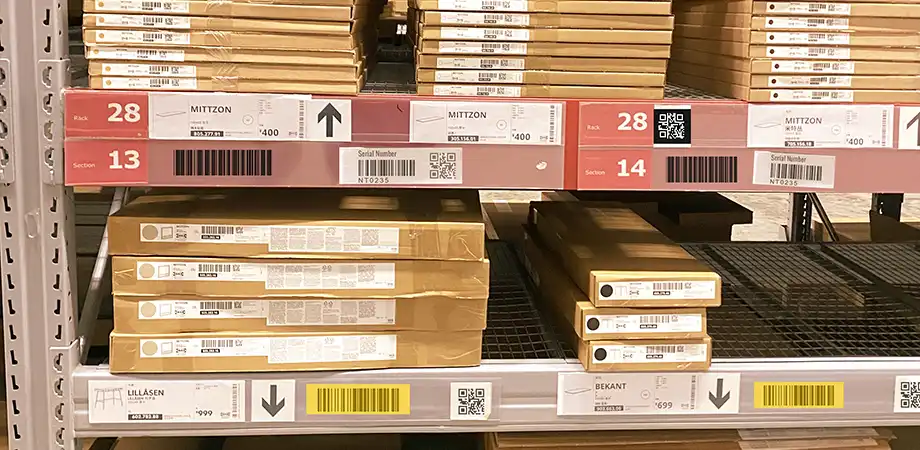Customer Stories
Jungheinrich Seamlessly Integrates Robust Barcode Recognition in Forklift Operator Application
Snapshot
Jungheinrich was developing a forklift operator application to allow its customers to scan goods directly at the racking to avoid inventory differences. The Jungheinrich team needed a robust solution to read barcodes of all sizes and challenging conditions, such as poor lighting and various colored barcodes.
Choosing Dynamsoft Barcode Reader SDK provided a high recognition rate of specific barcodes and a performant software library for fast execution on their hardware. It also helped save development time and provided an easily modifiable library configuration for adaptation to the Jungheinrich team's needs.
Challenge
Jungheinrich offers intralogistics solutions to businesses of all sizes that help improve efficiency.
The company sought a robust and fast solution to add barcode scanning capability in their forklift operator application. The operator uses a forklift-mounted barcode scanner with a camera. Scanned barcodes display on a monitor- green frames allow touch acceptance recording into the system, while red frames signal mismatches, prompting further search.
The situation at the customer's shelf presents a diverse array of items, ranging from small to large, and spanning a wide spectrum of colors, shapes, and sizes. Hence, the challenge was choosing a solution to read the toughest barcodes in such conditions.
Going ahead with Dynamsoft Barcode Reader SDK helped the Jungheinrich team add powerful barcode scanning functionality in their application and save significant development time and effort.

Benefits Realized with Dynamsoft Barcode Reader SDK: Scanning Challenging Barcodes for Optimized Intralogistics Operations
After considering in-house development and testing various software libraries, the Jungheinrich team decided to proceed with Dynamsoft Barcode Reader SDK. Seven people from three departments were involved in the designing of the application.
The SDK aided in providing reliable and robust barcode recognition despite challenges such as varied barcode sizes, colors, and poor lighting conditions.
Dynamsoft Barcode Reader SDK proved to be a one-stop solution for all the requirements of the Jungheinrich team. From providing a high recognition rate to a performant software library for fast execution on their hardware, the SDK ticked all the boxes.
The library worked as was described in the API (Application Programming Interface), and the support from the Dynamsoft technical support team further made the integration smoother.
The Jungheinrich team seamlessly incorporated the Dynamsoft software library into their system. Remarkably, the Dynamsoft Barcode Reader SDK works in unison with Jungheinrich's existing codebase, which includes a sizable amount of custom-written software.
We conducted extensive testing on various software libraries based on a comprehensive questionnaire, even exploring the option of in-house development. It was the comprehensive solution provided by Dynamsoft that outperformed all others. Their offering proved to be the best fit for our needs."
– Thorge Prochnow - Project Manager
About Dynamsoft Barcode Reader SDK
Dynamsoft Barcode Reader (DBR) is an enterprise-grade barcode reading Software Development Kit (SDK) that enables developers to build high-performance 1D and 2D barcode reading capabilities for their web, desktop, or mobile applications. The developers only need to write a few lines of code, eliminating the development, testing, and additional resource expenses. It supports multiple platforms, including JavaScript, C, C++, .NET, Python, Java, Android, and iOS.



